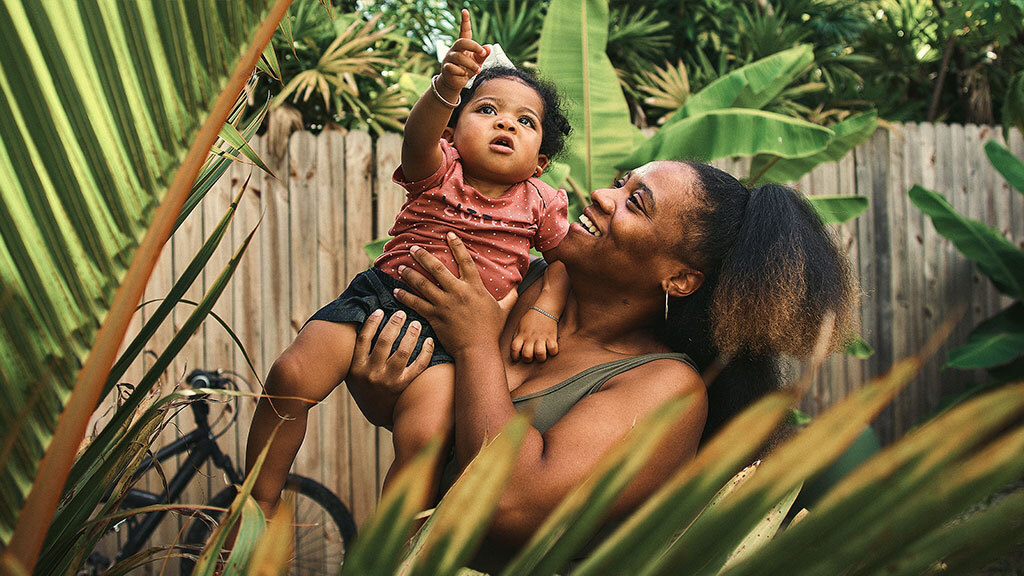Global Inclusion
At Bristol Myers Squibb, we bring the best, most diverse minds to the table to serve the evolving needs of patients and communities. Our value of inclusion defines who we are and how we do business. Inclusion and belonging are the foundation of our culture and essential to creating a positive, high-performing environment where all can contribute to our mission to serve patients.
Our approach
We strive to cultivate a culture that fosters collaboration and innovation, where everyone feels a sense of belonging and are valued for their unique perspectives.
Our strategy embeds equitable practices across the organization to foster a high-performing and inclusive workplace. It focuses on three key areas to better serve the diverse needs of our patients, colleagues and business. Learn more about our progress.
Additional resources
Our stories
Discover our journey towards a sustainable future these inspiring stories of innovation and commitment







